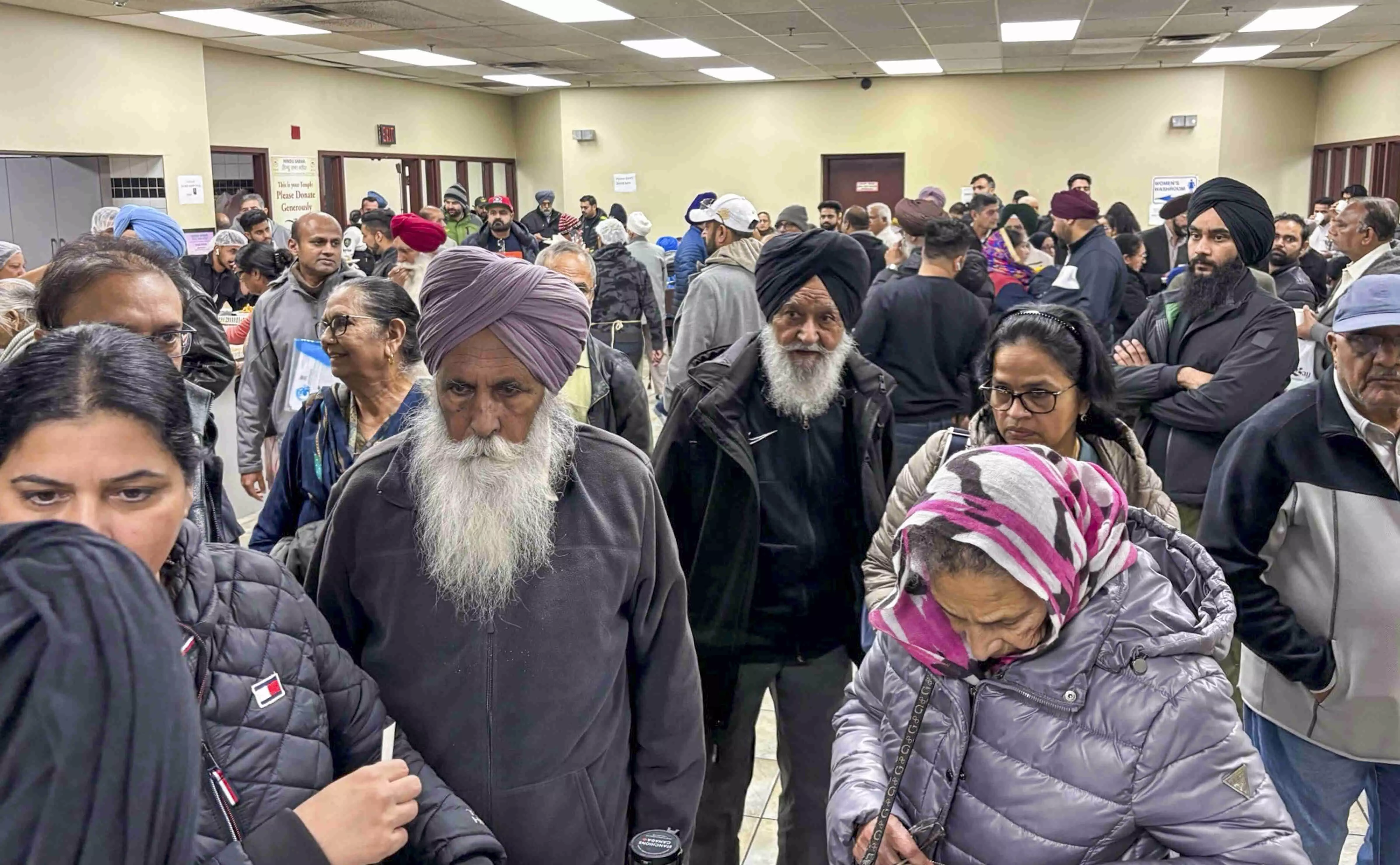Litmus test for diplomacy

The diplomatic relation between Canada and India has reached a worrying nadir. The violence outside the Hindu Sabha Mandir in Brampton is a stark indicator of a deepening rift that neither Canada nor India can afford to ignore. The incident, where violence erupted during a demonstration by pro-Khalistan activists, is part of a wider problem. A dangerous mingling of sectarian politics with national interests on foreign soil is clearly visible. Both countries are obligated to address this with honesty and accountability. The violence, on one hand, was a direct affront to the Hindu community in Canada, while on the other, it served as a reflection of the Canadian government’s inability—or unwillingness—to control radical elements within its borders. For years, Ottawa has overlooked pro-Khalistan activities, despite India’s repeated calls for action. The Canadian government’s inaction has emboldened these separatist groups, creating an environment where religious and political extremism now threatens to spill over into civil unrest.
Canadian Prime Minister Justin Trudeau’s response to the incident—denouncing violence while upholding the right to religious freedom—sounds hollow in light of Canada’s permissiveness towards extremist ideologies. This approach, which seemingly conflates freedom of expression with unchecked hate-mongering, has set a dangerous precedent. While peaceful dissent is a cornerstone of democracy, Canada’s tolerance of blatant separatism, especially when it targets another country, tests the limits of sovereign respect. As Prime Minister Modi rightly stated, “Such acts of violence will never weaken India’s resolve.” His words echo India’s growing frustration and alarm over Canada’s reluctance to take action against those who threaten its national integrity from a safe distance. The incident also highlights a glaring flaw in Canada’s policing. Peel Regional Police’s initial inaction during the protests, coupled with the suspension of an officer alleged to have participated in pro-Khalistan demonstrations, has further created a dent in public confidence. Canadians have a question before them: how can communities feel safe when those entrusted to protect them are implicated in potential bias? Canadian authorities must establish clear boundaries between lawful demonstration and violent intimidation, especially when demonstrations become flashpoints of community unrest.
India, for its part, has long recognised the seriousness of the Khalistan issue. While Canada asserts that it is merely offering a space for free speech, India views these pro-Khalistan activities as a direct threat to its sovereignty and security. The murder of Sikh separatist Hardeep Singh Nijjar in 2023 was a flashpoint which ultimately led to reciprocal expulsions of diplomats. Canada’s allegations of Indian involvement, though unsubstantiated, have only served to widen the rift. The outcome has been a predictable escalation of diplomatic hostility, culminating in a painful standoff where communities bear the brunt of political negligence. Trade and immigration, the lifeblood of Canada-India relations, are now precariously caught in this impasse. The 1.7 million-strong Indian community in Canada contributes to the country’s economic and cultural diversity. If Canada does not address the sectarian violence that threatens this community, it risks alienating a vital demographic that acts as a bulwark for its multicultural ethos. Conversely, India’s firm stance against Khalistan does not come without repercussions. Yet New Delhi’s zero-tolerance approach to separatism is rooted in historical wounds and the violent history of Khalistan’s bid for sovereignty in Punjab—a history Canada must recognise in its policy calculus.
The solution here requires political courage from both sides. Canada must acknowledge that its neutrality on Khalistan extremism is unsustainable and counterproductive. Turning a blind eye to the pro-Khalistan movement only fuels a toxic diaspora politics. Trudeau’s government must swiftly act to curb radicalisation, ensuring that its soil does not become a battleground for foreign political conflicts. Similarly, India must focus on diplomatic channels to highlight its legitimate security concerns without resorting to blanket accusations that might alienate moderate voices within Canada’s Sikh community. The present impasse is a litmus test for Canada’s commitment to multiculturalism and India’s diplomacy. Canada must establish and enforce a clear boundary against extremism, while India should pursue a more nuanced engagement with the Sikh diaspora. Both nations are accountable to their citizens and the broader global community. Unless Canada and India take concerted action to prevent such incidents in the future, they risk a future in which violence becomes the common language of their fractured relationship.



